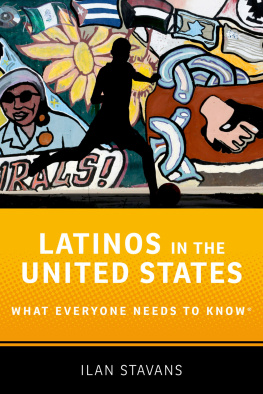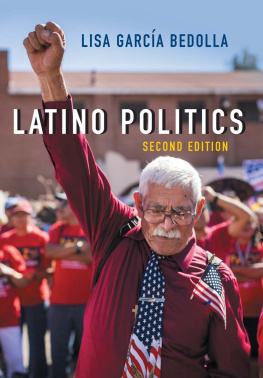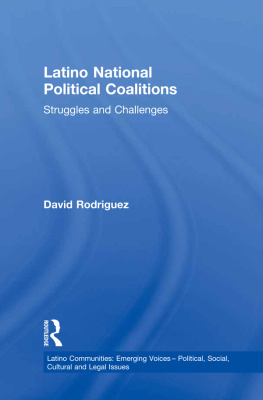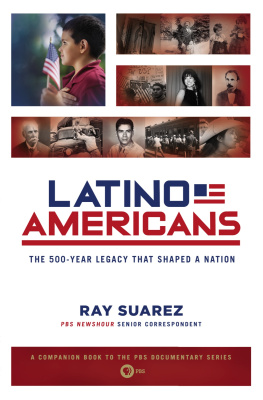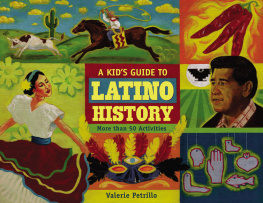The Heart of the Mission
THE HEART OF THE MISSION

Latino Art and Politics in San Francisco
Cary Cordova


This book is made possible by a collaborative grant from the
Andrew W. Mellon Foundation.
Copyright 2017 University of Pennsylvania Press
All rights reserved. Except for brief quotations used for purposes of review or scholarly citation, none of this book may be reproduced in any form by any means without written permission from the publisher.
Published by
University of Pennsylvania Press
Philadelphia, Pennsylvania 19104-4112
www.upenn.edu/pennpress
Printed in the United States of America on acid-free paper
10 9 8 7 6 5 4 3 2 1
Library of Congress Cataloging-in-Publication Data
Names: Cordova, Cary, author.
Title: The heart of the Mission : Latino art and politics in
San Francisco / Cary Cordova.
Description: 1st edition. | Philadelphia : University of
Pennsylvania Press, [2017] | Includes bibliographical
references and index.
Identifiers: LCCN 2017005484 |
ISBN 978-0-8122-4930-9 (hardcover)
Subjects: LCSH: Hispanic American artCaliforniaSan Francisco20th century. | Hispanic American artistsCaliforniaSan Francisco20th century. | Hispanic AmericansCaliforniaSan FranciscoEthnic identityHistory20th century. | Mission District (San Francisco, Calif.)History20th century.
Classification: LCC N6538.H58 C67 2017 |
DDC 704.03680979461dc23
LC record available at https://lccn.loc.gov/2017005484
For Solomon, an ofrenda,
For Jennifer, the artist,
For John, mi amor, and
For Feliciano, mi corazn
Contents

.
In 2002, a San Francisco Bay Guardian reporter coined the term Mission School to describe an innovative and lively arts movement in the city.
The Mission School identified a talented, hip, multiethnic group of artists who came of age in the 1990s, including Barry McGee, Margaret Kilgallen, Chris Johanson, Aaron Noble, Rigo 23 (Ricardo Gouveia), and Isis Rodrguez. Some of these artists participated in the 1994 Clarion Alley Mural Project (CAMP), a spirited effort to revive a disreputable alley through murals, which then became the Mission Schools launching pad ( As a whole, they represented a new local aesthetic to place San Francisco in the international vanguard.
While enthusiasm for the Mission School grew, few commentators discussed the complexity of its roots in the Mission, a neighborhood that Latino artists had made their base since the late 1960s. The inspirational environs featured Latino arts organizations, including Galera de la Raza, the Mission Cultural Center, Precita Eyes, Brava Theater, and many more (). However, contemporary art critics showed little acknowledgment of the neighborhoods historic mural movement or its longstanding tradition of Latino arts.
If anything, critics and writers sought to differentiate this generation of artists more emphatically. Rebecca Solnit described the avant-garde CAMP as a mural project whose styles are entirely different from the Missions dominant daughter-of-Diego-Rivera style. No doubt, Riveras San Francisco murals influenced many, yet the ease of representing his aesthetic dominance illustrated a more pervasive simplification of the neighborhoods profoundly diverse, innovative, and complex cultural production. The Mission School appellation blanketed over decades of neighborhood history and placed generations of Latino artists outside the bohemian enclave they had created.

Figure 0.1. Clarion Alley Mural Project (CAMP) block party, October 2002. Mats Stromberg painted the mural on the left of a monstrous head floating over city buildings while ghosts, perhaps former residents, take flight into the air. Photograph by author. Image courtesy of the artist.
This act of cultural displacement echoed the simultaneous physical displacement of Latino residents. In the 1990s dot-com gold rush, real estate investors, tech companies, and a variety of residents seeking affordable housing all landed on the Mission District as a lower-rent space to enjoy a diverse, bohemian atmosphere. Spilling over from nearby Silicon Valley, Internet companies and employees who wished to show their youthful, countercultural independence from traditional American business practices could project that image by locating in an area traditionally foreign to more established businesses. As one reporter noted, Technology companies have recently seized upon the Mission District as the newest hub of dot-com culture, attracted by its gritty mix of Latino families, free-spirited artists and cause-oriented nonprofits.

Figure 0.2. Jess Chuy Campusano, Chains and Flames, 1994. This Clarion Alley mural paid homage to Picassos Guernica, but also represented the violence of gentrification. Aaron Noble restored the mural c. 2000. Photograph by author, 2003. Image courtesy of Andres and Sandra Campusano.

Figure 0.3. Isis Rodrguez, Keepin the Faith, c. 2002. In this Clarion Alley mural, Rodrguez portrayed a Latina hipster with a boom box as the Virgin of Guadalupe. The image evolved from her Little Miss Attitude series and crafted a more contemporary representation of the Virgin than Rodrguezs 1993 mural in the same space. Image courtesy of the artist.

Figure 0.4. Map of the Mission District. (1) San Francisco Art Center, first 1970 location of Galera de la Raza, 425 14th Street; (2) Mexican Museum, 19751982, 1855 Folsom; (3) Raza Silkscreen Center, c. 1971c. 1980, 3174 16th Street (moved to 938 Valencia); (4) American Indian Center, c. 19581969, 3053 16th Street (moved to 3189 16th Street in 1971); (5) Artes Seis, 19691970, 3692 18th Street; (6) Clarion Alley Mural Project, 1994, Clarion Alley between Mission and Valencia; (7) Casa Hispana de Bellas Artes, 19661983, 362 Capp Street; (8) Encantada Gallery of Fine Arts, 19972013, 904 Valencia Street; (9) La Rondalla, Mexican restaurant, c. 19512016, 901 Valencia Street; (10) New Mission Gallery, 19621963, 1083 Valencia Street; (11) Fantasy Records, c. 19601971, 855 Treat Avenue (home to San Francisco Mime Troupe after 1975); (12) Gaceta Sandinista, c.19751979, 3265 22nd Street; (13)Homage to Siqueiros mural, 1974, inside Bank of America, 2701 Mission; (14) Mission Cultural Center, 1977, 2868 Mission; (15) Balmy Alley Murals, 1972, Balmy Alley between 24th and 25th Streets; (16) Casa Nicaragua, 1970s1980s, 3015 24th Street;
Next page


